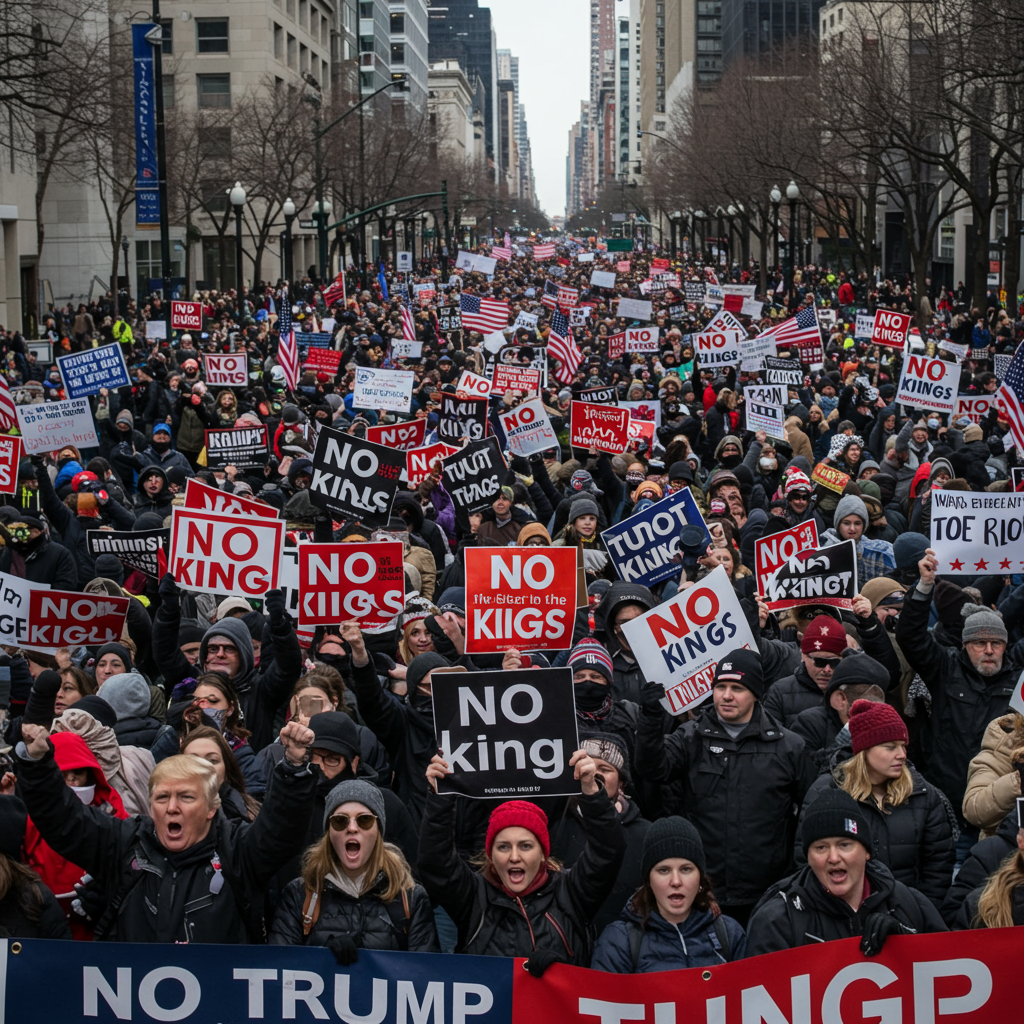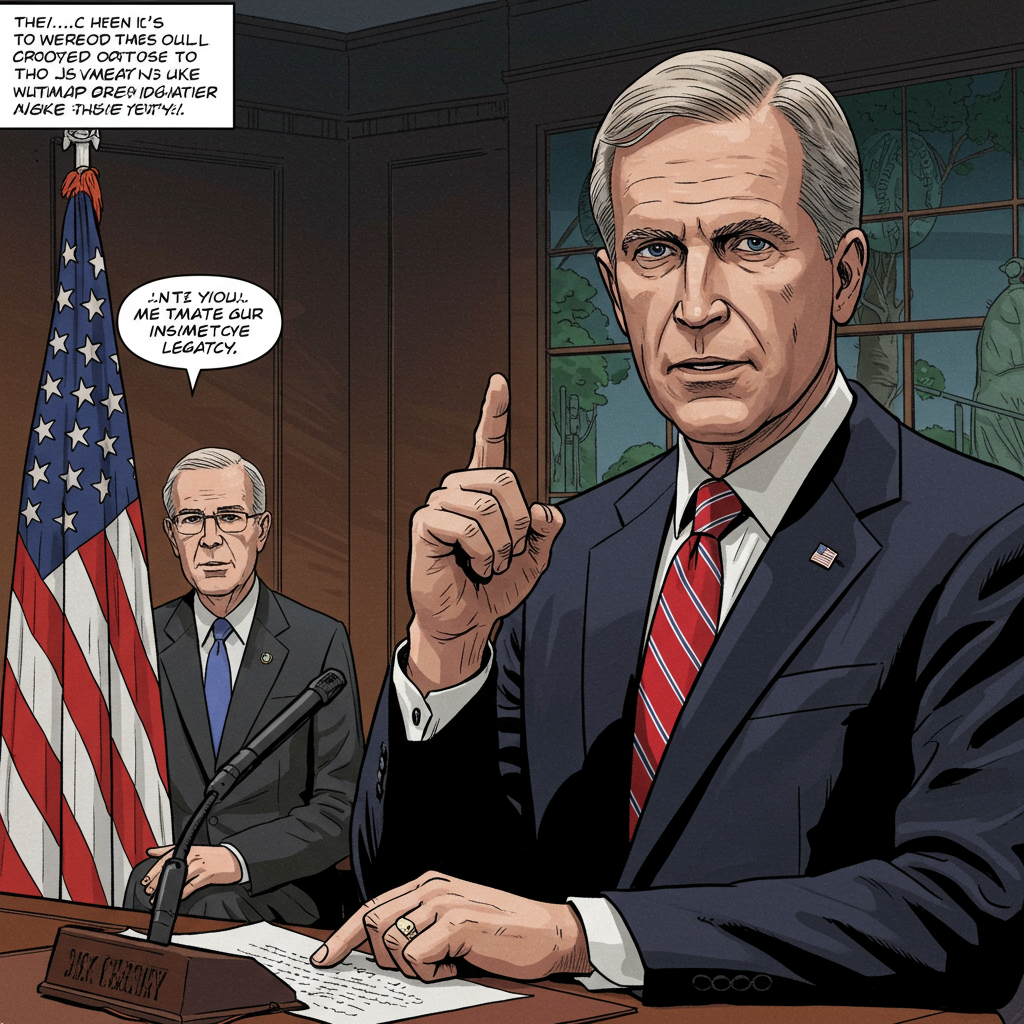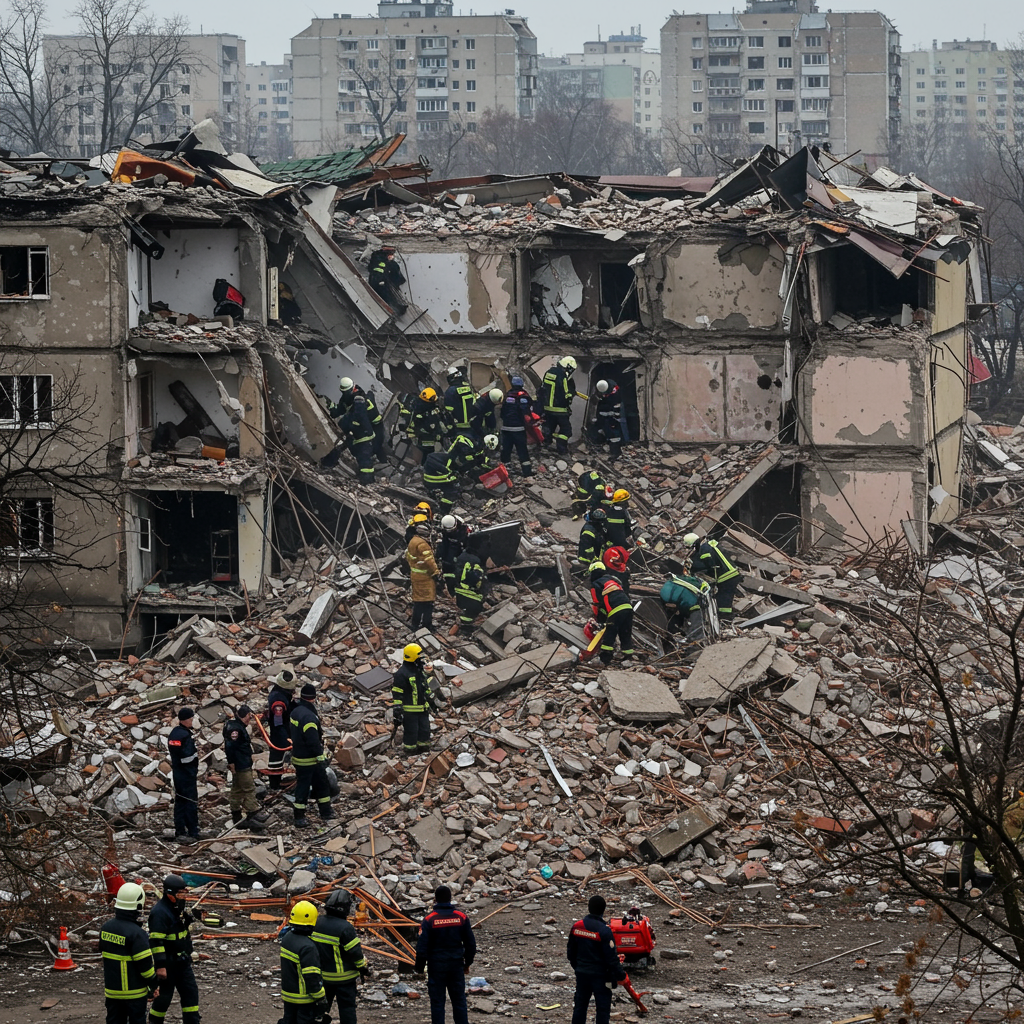Across the United States, millions of individuals are expected to participate in a massive wave of demonstrations dubbed “No Kings” on Saturday, June 14th. These nationwide protests are specifically timed to coincide with President Trump’s military parade planned for Washington D.C. and his 79th birthday, serving as a powerful counterpoint to the day’s official events.
Organizers anticipate rallies at an estimated 1,800 to 2,000 locations stretching from coast to coast. This broad geographic spread is a deliberate strategy to highlight that opposition to the Trump administration is widespread and exists far beyond the nation’s capital.
Why “No Kings”? Challenging Perceived Authoritarianism
The “No Kings” moniker and movement name arose organically as a collective cry, reflecting a fundamental rejection of actions and policies perceived as exceeding the bounds of democratic governance. The core message is clear: “In America, we don’t do kings.” Protesters use slogans like “No thrones. No crowns. No kings,” viewing the administration’s conduct as akin to monarchical rule that needs challenging.
The grievances driving the protests are wide-ranging and deeply felt. Key reasons cited by organizers and participants include:
Defiance of court rulings and legal norms.
Ramped-up mass deportations and aggressive immigration enforcement.
Attacks on civil rights and fundamental freedoms.
Significant cuts to essential services and social programs.
Escalating use of military or quasi-military force against citizens, particularly in response to protests.
Pervasive corruption and policies seen as enriching billionaire allies at the expense of ordinary Americans.
Organizers emphasize that the movement stands against authoritarianism, “billionaire-first politics,” and the perceived militarization of American democracy.
The Parade Backdrop and a Day of Defiance
The scheduling of the “No Kings” protests on the same day as President Trump’s planned military parade in Washington D.C. is highly significant. While the administration frames the parade as a celebration of the U.S. Army’s 250th anniversary, it also falls on the President’s birthday. Critics view the event as an expensive and lavish display, potentially costing taxpayers tens of millions of dollars – funds they argue should be used for critical social programs instead.
The “No Kings” movement intentionally positions its decentralized rallies as the authentic expression of democracy and people power, contrasting it with what they call the “costly, wasteful, and un-American birthday parade.” As the movement’s website frames it: while Trump desires “a made-for-TV display of dominance for his birthday,” real power “rises up everywhere else.”
A Strategic Absence in Washington D.C.
A key strategic decision for the “No Kings” organizers is the deliberate choice not to hold a major protest event in Washington D.C. where the military parade is taking place. This decision aims to achieve several goals:
Prevent the administration from having a pretext to use “very big force” or crack down on counter-protesters in the capital.
Avoid allowing the administration to frame the protests solely as opposition to the military itself.
Shift the focus away from the capital and demonstrate the depth and breadth of opposition across the entire country.
As one organizer put it, “make him look as small and weak as he is, and protest everywhere else,” proving that “Real power isn’t staged in Washington. It rises up everywhere else.”
Instead of D.C., Philadelphia is hosting a flagship march, while a separate local group in Washington D.C. plans a non-protest “Joy Day” celebrating the district’s community.
Galvanizing the Movement and Building Capacity
Interest in the “No Kings” protests surged following recent actions by the Trump administration, particularly the deployment of National Guard and U.S. Marine Corps troops to Los Angeles in response to mostly peaceful protests against increased deportations and immigration enforcement. This response was seen by many as an overreach that galvanized participation. Organizers reported a rapid increase in new events and registered participants after the troop deployment in Los Angeles.
The “No Kings” effort is organized by a broad coalition of progressive groups, including the grassroots nonprofit Indivisible and the national “50501 Movement” (named for the goal of 50 states, 50 protests, one movement), among many others. This coalition has emphasized a commitment to nonviolent protest and community safety.
Given increased security concerns, organizers have expanded preparations, including pre-protest trainings and “know your rights” sessions led by groups like the American Civil Liberties Union (ACLU). These sessions have drawn tens of thousands of participants seeking guidance on safety, responding to potential violence, and understanding risks, particularly for vulnerable groups like legal immigrants or DACA recipients. Organizers stress the importance of personal safety planning and community solidarity, advising that standing together offers greater protection than acting alone.
Local Spotlights and the Path Forward
While nationwide, the protests often have specific local focuses. In Los Angeles, where federal troops remain deployed, the “No Kings” events are particularly centered on opposing the presence of ICE and federal forces, viewed by local organizers as a direct stand against authoritarianism. Preparations there include increased security and medical support. In communities like St. Paul, Minnesota, which experienced significant protests in 2020, there’s a deep well of preparedness and resilience, alongside concerns about potential targeting.
President Trump has responded to the planned rallies with threats of using “very big force” against protesters at the D.C. parade, though the White House later softened the stance to supporting peaceful protests. Asked about feeling like a “king,” Trump stated he didn’t, citing the need to “go through hell to get things approved,” a contrast to his past White House social media post featuring him wearing a crown. Some states, like Texas, have announced significant deployments of National Guard and state police to monitor protests.
Organizers acknowledge that these protests are not expected to immediately “save democracy” or cause Trump to step down. Instead, they view the “No Kings Day of Defiance” as a crucial tactic in a broader, extended strategy to safeguard American democracy. The large-scale mobilization is seen as a vital exercise in “building a muscle” for sustained activism, drawing in new participants and strengthening the capacity for future efforts in the ongoing movement.



